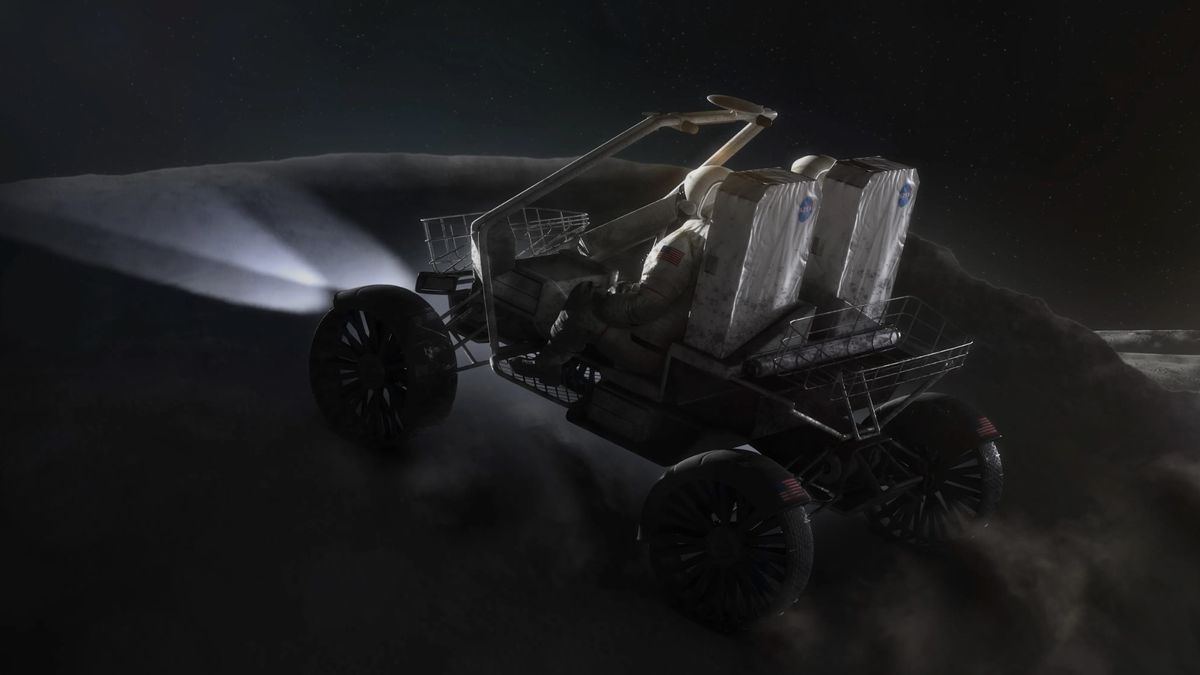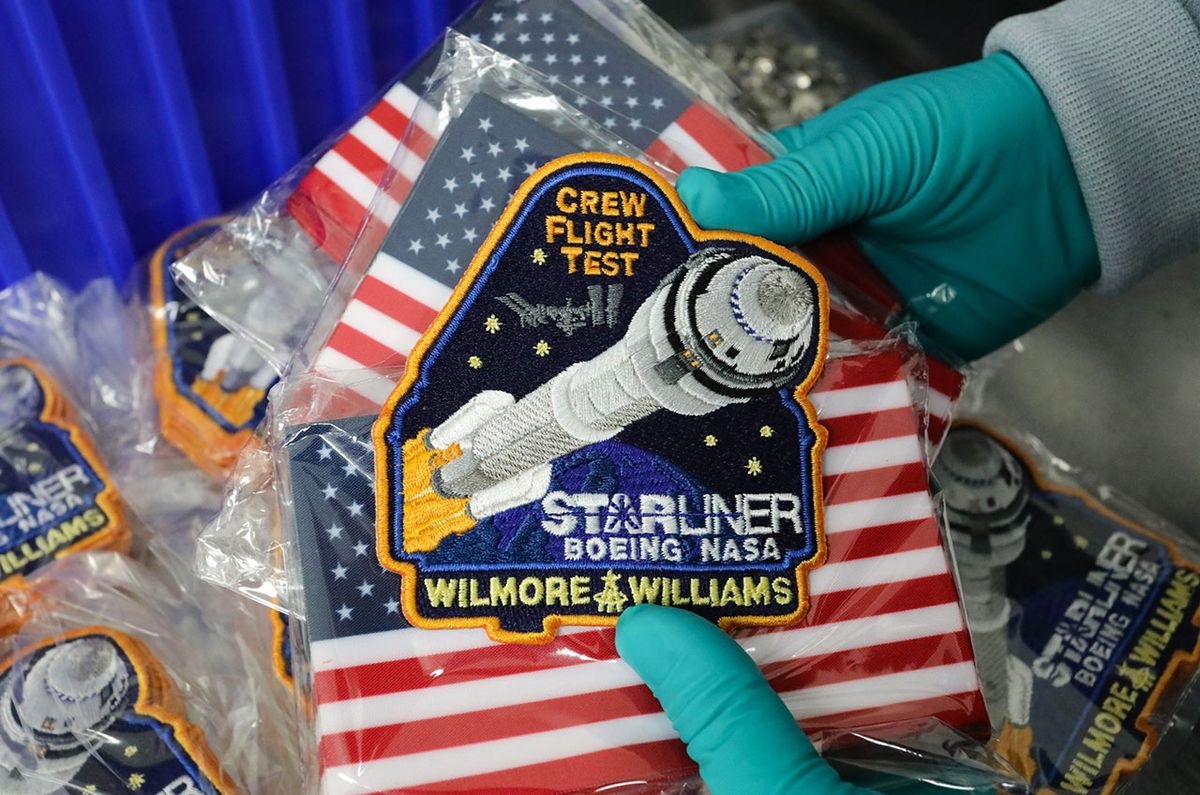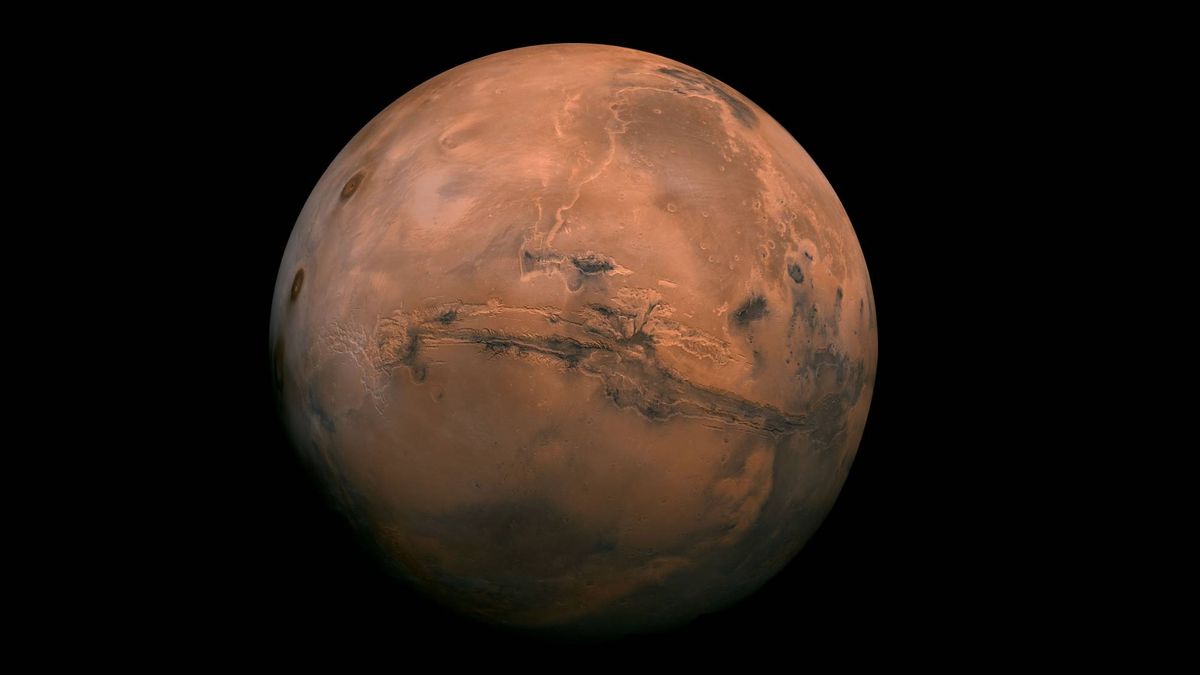Close Call for Satellites:
In a recent incident, humanity narrowly avoided a catastrophic collision between an obsolete Russian spy satellite named Cosmos 2221 and NASA’s TIMED craft, launched to study Earth’s atmosphere since 2001. Initially believed to have passed within 65 feet (20 meters) of one another, subsequent analysis revealed an even closer encounter, with a distance of less than 10 meters (33 feet). NASA Deputy Administrator Pam Melroy expressed the shock and concern that resonated among the agency’s personnel, emphasizing the potential risks associated with such a collision.
Increase in Near Misses:
While direct collisions in space remain rare, incidents of near misses, such as the one involving TIMED, are becoming more frequent due to the escalating congestion in Earth’s orbit. Currently, around 11,500 satellites are orbiting our planet, of which 9,000 are functional, as reported by the European Space Agency (ESA). Notably, over half of these operational satellites belong to SpaceX’s Starlink broadband network, which now comprises nearly 5,800 satellites. Moreover, the scenario is compounded by the presence of approximately 36,500 larger space debris items, along with over 130 million smaller fragments of debris that pose significant threats.
The Critical Need for Space Sustainability:
Recognizing the urgent need to address space debris and enhance sustainability practices, NASA has unveiled an integrated “space sustainability strategy.” This comprehensive strategy, developed by a cross-agency advisory board, aims at defining measures to gauge and ensure sustainability in Earth orbit. Emphasizing the importance of adopting cost-effective techniques to achieve sustainability targets, the strategy highlights the role of technology and policy development to incentivize sustainable practices among global space players.
As part of this strategy, NASA released the first volume focusing on sustainability in Earth orbit, with subsequent volumes planned for Earth, cislunar space, and deep space domains. The agency’s commitment to advancing space sustainability is evident through its efforts to share knowledge, promote collaboration, and foster responsible space operations.
For further insights into NASA’s sustainability strategy and to access the detailed first volume, visit NASA’s official site here.
Image/Photo credit: source url





